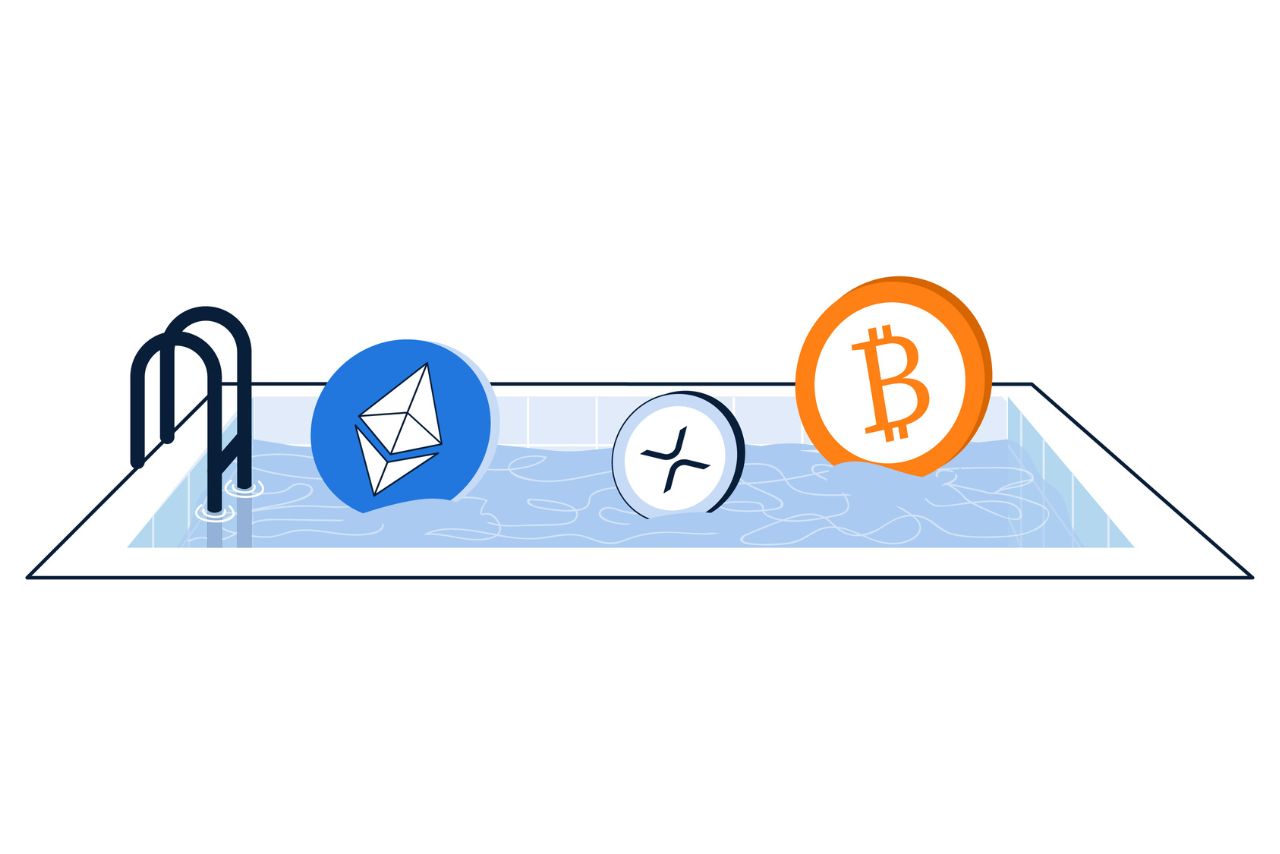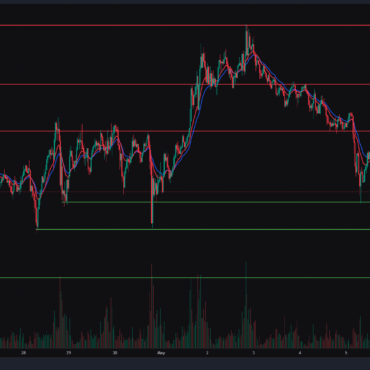Liquidity pools revolutionise cryptocurrency trading by replacing traditional order books. These pools lock user-funded crypto assets into smart contracts, enabling seamless decentralised exchanges (DEXs). Consequently, traders swap tokens directly with pooled reserves, bypassing intermediaries. Providers earn fees, fostering a cycle of liquidity and rewards.
How Liquidity Pools Operate: A Step-by-Step Breakdown
Users deposit paired assets like ETH/USDT into smart contracts, forming liquidity pools. Automated algorithms then price assets based on pool ratios, adjusting dynamically with each trade. Providers can withdraw funds anytime but risk impermanent loss—value shifts between deposited assets. Despite risks, nearly 70% of DEXs now rely on this model for efficiency.
Popular Liquidity Pools Dominating the Market
Uniswap leads as a pioneer, supporting diverse tokens with user-created pools. SushiSwap adds yield farming via SUSHI tokens. PancakeSwap thrives on Binance Smart Chain with low fees. Curve Finance specialises in stablecoins, minimising slippage. Meanwhile, Balancer allows multi-token pools, and 1inch aggregates liquidity across platforms for optimal trades.
How Each Pool Differs
Uniswap and SushiSwap prioritise broad token access but differ in governance—SushiSwap rewards community voting. Conversely, Curve and Swerve target stablecoins, slashing volatility risks. PancakeSwap leverages Binance’s speed, while Balancer enables customisable portfolios. Kyber Network aggregates liquidity, and 1inch optimises trade routes. Each caters to distinct strategies, from low-risk stable swaps to high-yield farming.
What Benefits Will You Be Making? Fees, Rewards, and More
Providers earn 0.2%–0.3% per trade, distributed proportionally. For example, a $10,000 stake in Uniswap’s ETH pool could yield 12% APY from fees alone. Additionally, platforms like SushiSwap offer yield farming, boosting returns via token rewards. Staking LP tokens on Yearn.finance or Synthetix compounds earnings, often exceeding 20% APY.
Risks to Consider: Impermanent Loss and Security Flaws
Impermanent loss plagues pools when asset values diverge—a $1,000 deposit could underperform holding assets separately. Smart contract breaches, like 2021’s $600M Poly Network hack, underscore vulnerability. Rug pulls also threaten newer pools. Research audits and team credibility do help in mitigating risks.
The Future of Liquidity Pools: Innovation and Expansion
Decentralised finance (DeFi) thrives on liquidity pools, which now underpin NFT markets and insurance protocols. Innovations like concentrated liquidity (Uniswap V3) maximise capital efficiency. As blockchain adoption grows, pools will likely integrate cross-chain swaps, further democratising global finance.
In conclusion, liquidity pools empower users to trade freely while earning passive income. By selecting reputable platforms and diversifying assets, providers can mitigate risks. As DeFi evolves, these pools remain central to a borderless financial future—offering both opportunity and challenge in equal measure.
Written By Fazal Ul Vahab C H




